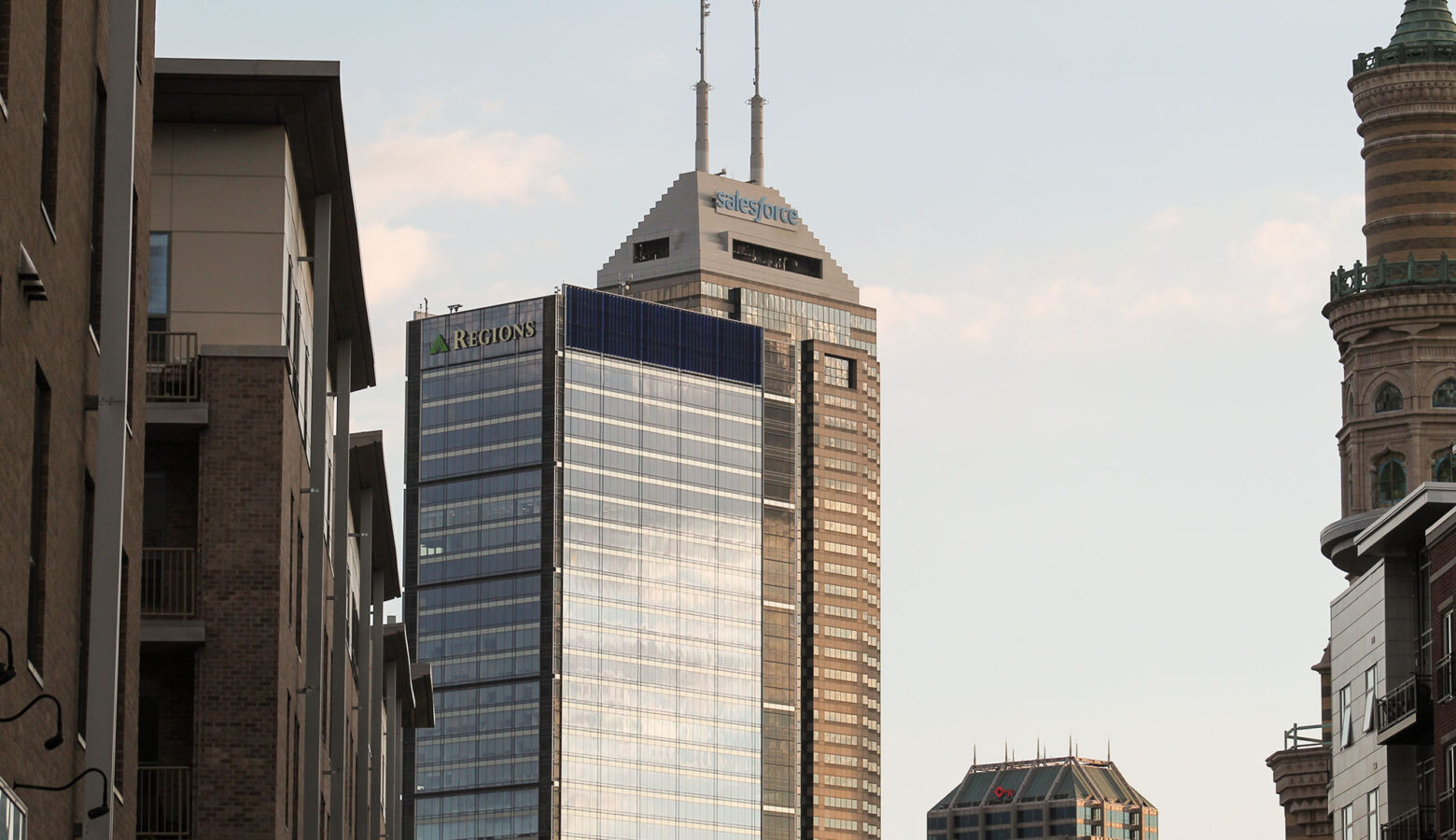Report: Indianapolis metro air still ranks high in particle pollution amounts

The Indianapolis metro area has decreased its rates of particle pollution only slightly since last year, according to a recent report from the American Lung Association.
The 2024 “State of the Air” report from the American Lung Association ranked Indianapolis-Carmel-Muncie as the 11th most polluted city for year-round particle pollution. Last year, the metro area ranked 10th.
Tiffany Nichols is the Indiana advocacy director for the American Lung Association. She said particle pollution refers to a mix of droplets in the air — from things like burning stoves or smoke stacks — that are harmful to breathe in.
“We also call it particulate matter,” Nichols said. “And it’s made up of solids or liquid that are in the air. And those droplets which can be found in the air include dust, dirt, soot – which is smog – and smoke.”
She said Indiana’s vehicles — including buses and semi trucks that frequently travel through the city — can contribute to these higher levels of air pollution.
Nichols said Marion County, which has a large portion of minority communities in the state, is often disproportionately affected by pollution.
“We used to have, like, a lot of our factories that were concentrated in Marion County,” she said. “And then you have, it’s surrounded by I-465 and all of the various other arteries that flow through.”
Nichols said particle pollution can cause new lung issues, or the worsening of currently existing lung diseases.
“You’re going to have more respiratory illnesses, many more asthma attacks, more bronchitis,” she said. “Some, people say that they visited the hospital several times last year when we had the effects of the wildfires.”
READ MORE: How to protect yourself from wildfire smoke
Join the conversation and sign up for the Indiana Two-Way. Text “Indiana” to 765-275-1120. Your comments and questions in response to our weekly text help us find the answers you need on climate solutions and climate change at ipbs.org/climatequestions.
Nichols said the Canada wildfires last year likely caused many of the poor air quality alert or unhealthy ozone days the state had. She said the Indianapolis metro area had fewer unhealthy ozone days from the 2023 report to 2024’s.
“Last year we were at 65th,” she said. “This year we are at 60th. ”
Despite this, she said it’s still important for Hoosiers to stay inside on bad air quality days and close windows to prevent the negative effects of ozone.
Nichols adds she is encouraged by better air quality over the last few decades, but that communities and legislators need to work together to keep improving it.
“We still have a long way to go, and we really need to hold our legislators in D.C. responsible for ensuring that we have more healthy air than we do by adopting policies and standards that make it so that people, regardless of their long health, are able to enjoy the outdoors when they want to,” she said.
She said Hoosiers can make personal choices to limit the effects of pollution as well.
“People can try to ride bikes, walk as much as possible, utilize public transportation, really be advocates for electrifying a school bus fleet, really be advocates for electrifying of public transportation fleets,” Nichols said. “Once the infrastructure is here, and prices come down on electric vehicles, utilizing those types of things.”
Nichols said national advocacy, including putting pressure on the Environmental Protection Agency to put more standards in place, is vital to improving air quality.
Violet is our daily news reporter. Contact her at [email protected] or follow her on Twitter at @ComberWilen.


